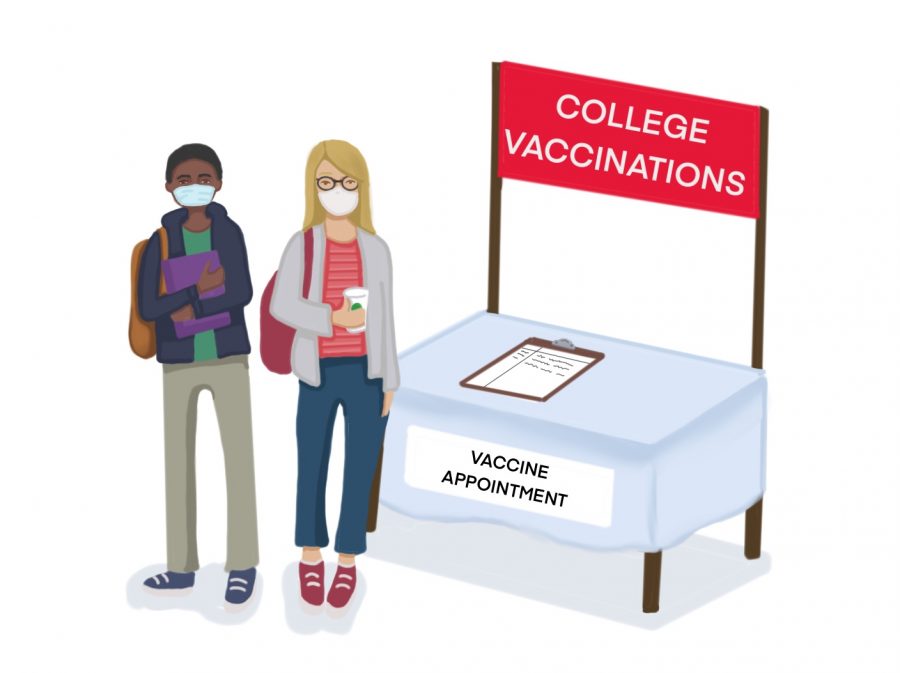Colleges Lay Out New COVID-19 Guidelines for Fall 2022
Many university freshmen missed out on a full campus experience this year. They, along with next year’s freshmen, look forward to college, though it will come with some COVID-19 safety guidelines. In consideration of the safety of their students, COVID-19 guidelines for universities have needed to be more stringent than what’s expected for high school. Colleges want to ensure that they can keep their campuses open by enforcing safety policies to prevent the spread of infection. With shared living spaces and new independence, students could easily start a new rise in COVID-19 cases.
In the fall of 2020, the University of California’s nine campuses planned for the majority of classes to be online. Some PVHS alumni have had to adjust to nontraditional move into college.
“[Almost] all of my classes have been online,” UCSB freshman Chloe Slome said. “Even though I got to move [on-campus], I’ve only had one in-person class.”
Alternatively, at UCSD, the school has set up outdoor classrooms for a hybrid class system.
“They literally put up these big tents outside and have the sides open to keep the air flowing,” UCSD freshman Izzie Lanes said.
On April 9, Duke University President Vincent E. Price published a letter regarding the 2021-2022 school year and the school’s effort to combat COVID-19. He announced that Duke University students will be required to provide proof of vaccination before they are allowed to enroll for the fall semester.
Soon after Duke’s announcement, other universities began following their lead, including the University of California (UC) system. The schools announced that, once a vaccine is fully approved by the U.S. Food and Drug Administration (FDA), they will require all students and staff to be vaccinated. Many universities will look for a high percentage rate of vaccinations to help keep infections down and campuses open. For now however, the UCs are doing what they can to protect their students.
“Everyday [UCSB students] have to fill out a daily symptoms survey, and then from that we get a badge to show that we’re cleared or not cleared,” Slome said. “For our badge to be cleared we also have to get tested once a week, which is provided by the school.”
Universities had a difficult year with minimized staff and lower income from reduced student housing, but they want to put their best efforts toward fighting against COVID-19.
The safety guidelines they will put in place on each campus should directly affect the success of the fall school year. As COVID-19 will continue to be a part of our lives for an undetermined time, we all have to learn to safely help each other.
“I think we all got thrown for a tailspin, and we all got put in a really tough spot,” Lanes said, “and I think that people on the whole really did try to do the best they could.”
